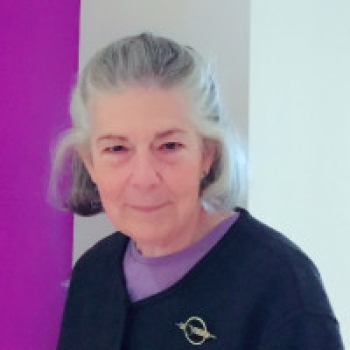
As a certified hand therapist, Sally Poole's teaching areas include general orthopedic topics, administration and professional issues, splinting, occupational therapy management of the upper extremity, and advanced treatment techniques in OT. She maintains a private practice, specializing in hand therapy, and is an active member of the American Society of Hand Therapists.
Selected Publications
- Buckley, K.A. & Poole, S. E. (In Press) Activity Analysis. In J. Hinojosa & M.L. Blount (Eds.), The texture of life: Purposeful activities in occupational therapy. Bethesda, MD: AOTA.
- Bear-Lehman, J., & Poole, S. E. (2011). The presence and impact of stress reactions on disability among patients with arm injury. Journal of Hand Therapy, 24, 2, 89-94.
- Poole, S. E. (2011). Acute hand injuries. In M. B. Early (3rd ed.), Physical disabilities for The occupational therapy assistant. St. Louis, MO: Mosby.
- Buckley, K.A. & Poole, S. E. (2009) Activity Analysis. In J. Hinojosa & M.L. Blount (Eds.), The texture of life: Purposeful activities in occupational therapy. Bethesda, MD: AOTA
- Poole, S. (2006). Acute hand injuries. In M. B. Early Physical disabilities for the occupational therapy assistant (2nd ed.) St. Louis, MO: Mosby.
- Buckley, K. A., & Poole, S. (2004). Activity analysis. In J. Hinojosa and M. Blount (Eds.), The texture of life: Purposeful activities in occupational therapy, (2nd ed., pp.69-114). Bethesda, MD: AOTA.
